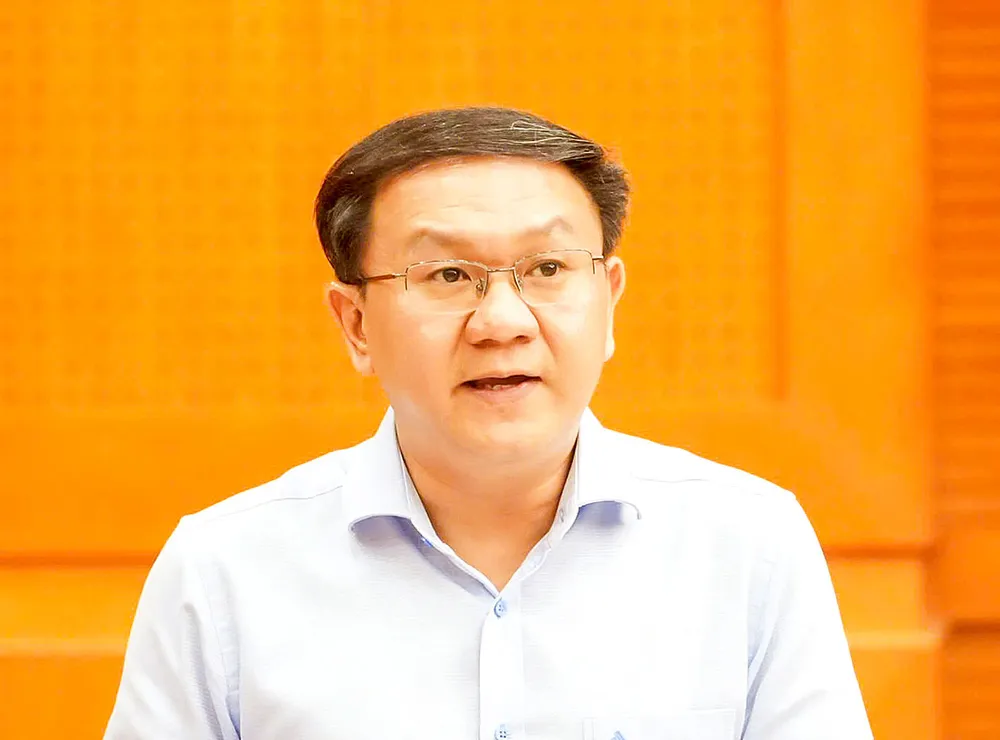
* REPORTER: Sir, the transition to a two-tier local government model requires a tightly interconnected information technology system from the city to the ward and commune levels. How has Ho Chi Minh City prepared to meet this requirement?
- Director LAM DINH THANG: We identify this as a key and urgent task. To ensure that information systems operate smoothly and continuously, the Department of Science and Technology has closely coordinated with units to deploy in a synchronous and systematic manner. The focus is on standardization and consolidation. Specifically, the city has issued a list of minimum information technology (IT) equipment and infrastructure, shared by all new wards and communes. This list specifies detailed configurations from workstations, network equipment, to software that must be installed, ensuring that all units have a uniform technical platform.
The city also stopped new IT projects to focus resources on deploying shared systems. Core systems such as the document management system, administrative procedure information system and electronic information portal are all deployed on a single platform, ensuring data connectivity.
We have been urgently coordinating with units to install specialized data network lines (Metronet) to all new ward and commune People's Committee headquarters. Information safety and security are enhanced by strictly implementing regulations on management and use of specialized digital signatures for public service. Information security monitoring software (Endpoint) is also required to be installed on all workstations at units. In addition, the city has announced specific support contacts, including phone numbers and emails of specialized officers or Zalo channel and online operation coordination portal have been set up to receive and handle arising issues as quickly as possible.
* How is city administration in the digital environment implemented to resolve administrative procedures regardless of administrative boundaries, serving people better?
- We identify digital governance as the backbone of the two-tier local government model. The city's plan is divided into two phases. Phase 1, from May 13 to June 30, focuses on urgent tasks to ensure essential system operations at agencies and units. This phase focuses on daily operational tools such as: incident handling system, document management, administrative procedure settlement...
Phase 2 is to operate and manage the city in a comprehensive digital environment. The Department of Science and Technology will coordinate with the Digital Transformation Center and related departments to develop a comprehensive plan for organizing and implementing information systems from the provincial to communal levels, ensuring compliance with the city's Data Strategy.
To bring technology closer to the people, we focus on highly interactive systems such as: Portal 1022 has updated the entire process of receiving and processing feedback from people, businesses and the list of officers in charge at new units to ensure that all feedback is received quickly. At the same time, the digital map application (GIS) updates all new administrative boundaries to serve the people and management work. We also install equipment to connect the city's Data Center infrastructure with the National Data Center, ensuring safety, information security and readiness for sharing and exploiting big data in the future.

* In the long term, what do you expect from the role of science, technology and innovation in the operation of the two-level local government in Ho Chi Minh City?
- I expect that science, technology and innovation will not only be a supporting tool but will also become a core driving force, reshaping the way the administration operates and the relationship between the government and the people. By consolidating data from shared systems, in the future, the city can apply big data analytics and artificial intelligence to make evidence-based decisions and forecast socio -economic trends. From there, it will shift from a government that solves problems to a government that proactively creates development.
The two-tier local government model operating on a digital platform is an indispensable piece of the smart city. Data from administrative activities, combined with data from other areas such as transportation, health , and environment, will be integrated to form a digital nervous system for the entire city, helping to optimize resources and improve the quality of life for people. It can be affirmed that science and technology are the key to making the two-tier government model not only streamlined in terms of apparatus but also more flexible and effective in a constantly changing world. That is the expectation and also the goal that we are striving to achieve.
According to comrade Lam Dinh Thang, the biggest challenge now is to ensure sufficient quantity and quality of IT staff in newly established wards and communes to be able to operate complex systems and support people and colleagues. To address this challenge, the city will arrange at least 1-2 IT officials in each unit after the reorganization. At the same time, it will organize concentrated training and education, and send technical support personnel directly to the grassroots in the initial phase. In addition, the city also requires localities to send personnel to coordinate the trial operation of the systems and send information to the Department of Science and Technology and the Digital Transformation Center. This creates a close coordination network from the city to the grassroots.
Source: https://www.sggp.org.vn/dinh-hinh-phuong-thuc-van-hanh-nen-hanh-chinh-tren-moi-truong-so-post799622.html



![[Photo] General Secretary To Lam receives Slovakian Deputy Prime Minister and Minister of Defense Robert Kalinak](https://vphoto.vietnam.vn/thumb/1200x675/vietnam/resource/IMAGE/2025/11/18/1763467091441_a1-bnd-8261-6981-jpg.webp)






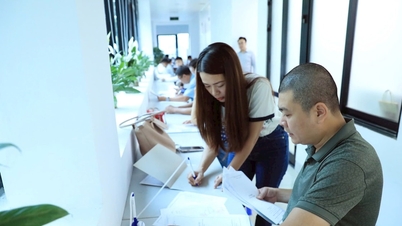

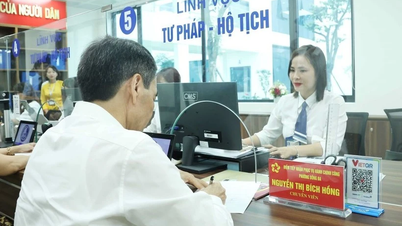









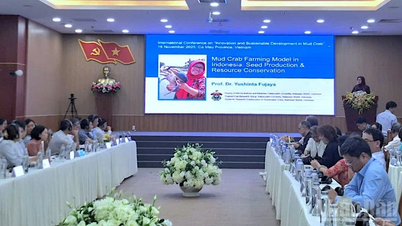

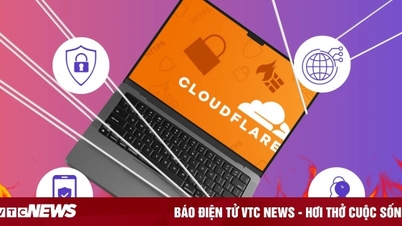










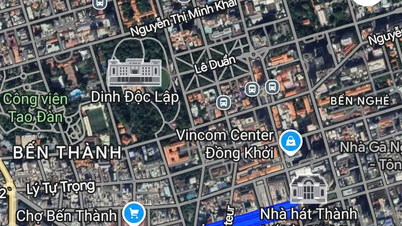

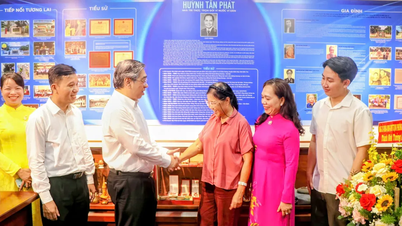




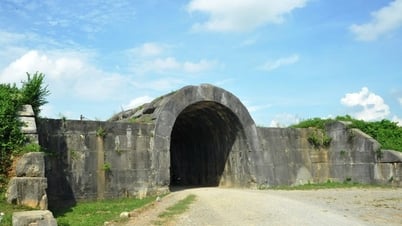



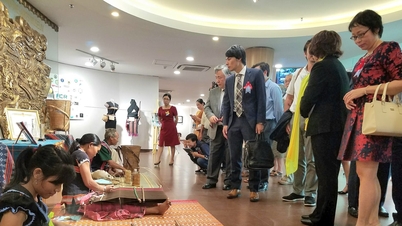






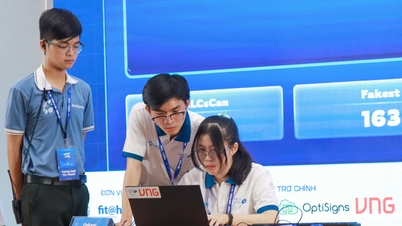

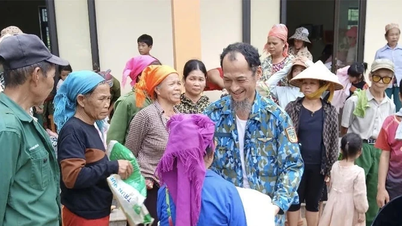









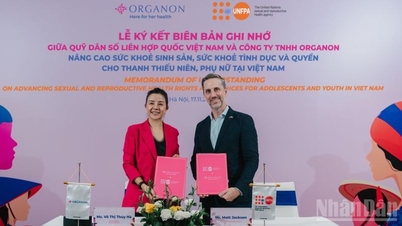






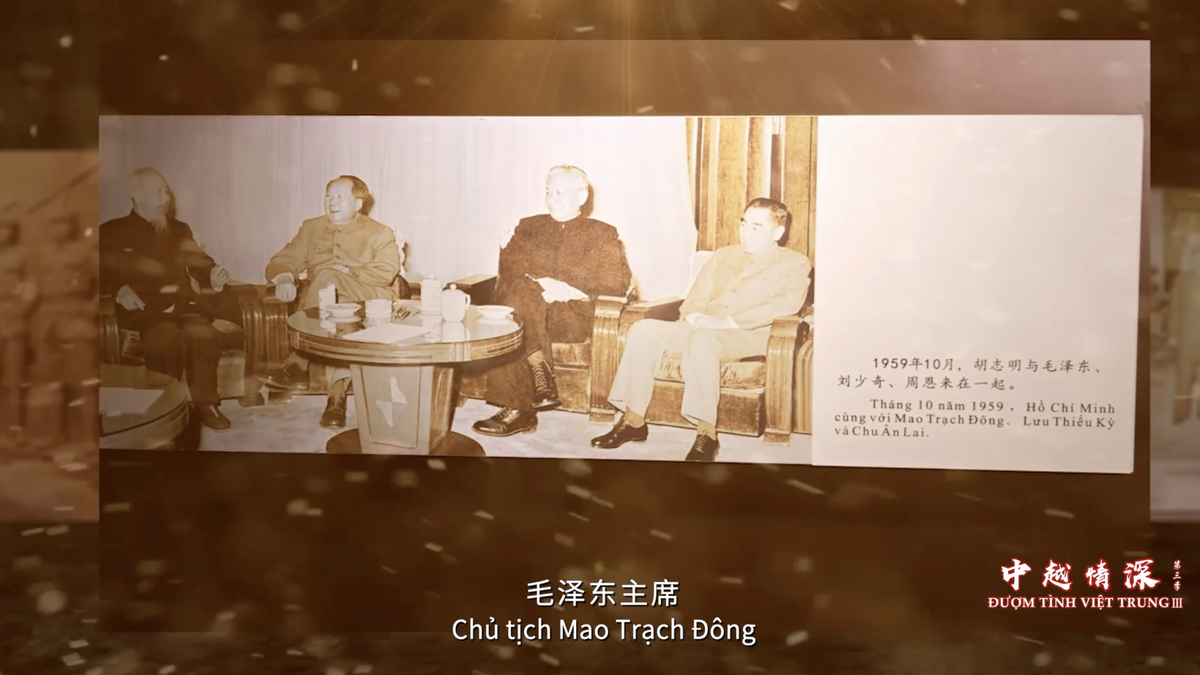


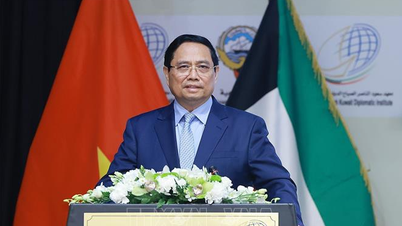







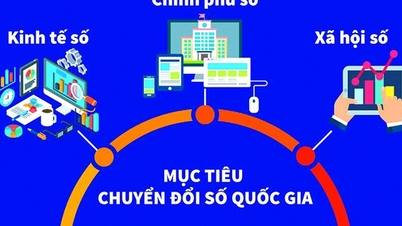

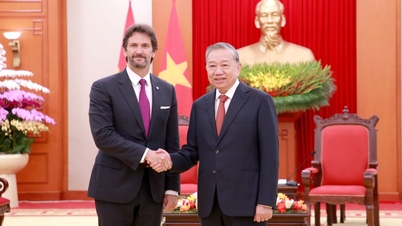




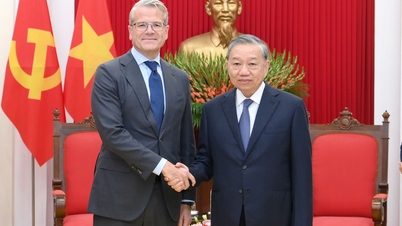

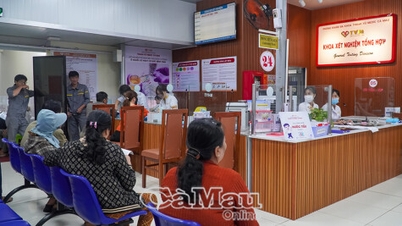


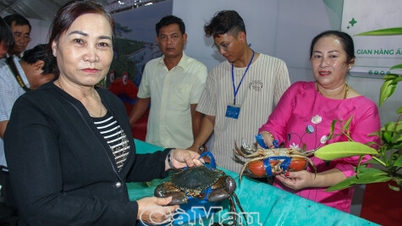

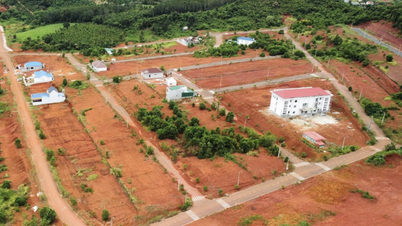







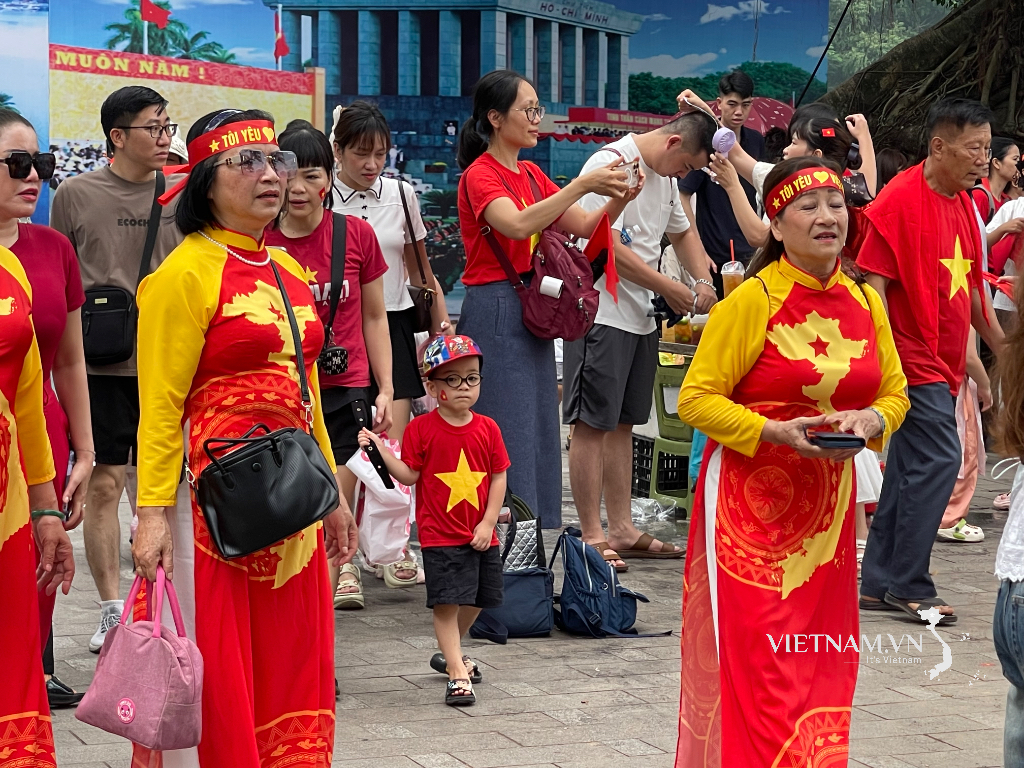



Comment (0)